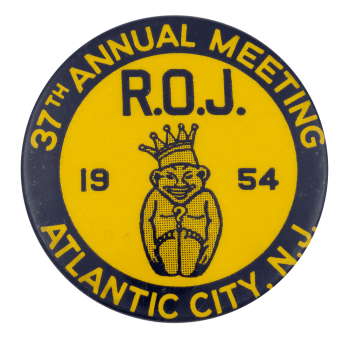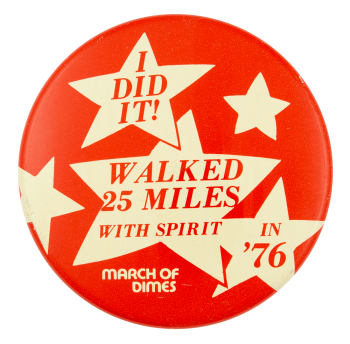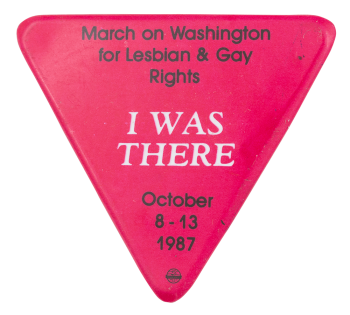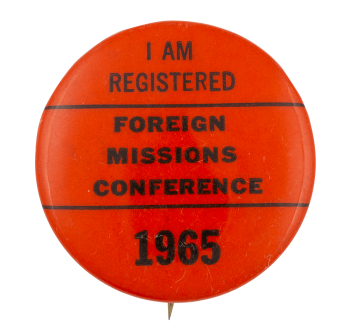1916 Session Grand Lodge
| Category | |
|---|---|
| Additional Images | |
| Sub Categories | |
| Text on Button | 1916 SESSION, GRAND LODGE I. O. O. F. ROSEBURG, ORE. |
| Image Description | Blue text around an illustration of a red strawberry on a white background |
| Back Style | |
| The Shape | |
| The Size | |
| Year / Decade Made | |
| Additional Information | In May of 1916, the Independent Order of Odd Fellows, or IOOF, held its 61st annual session at the Grand Lodge in Roseburg, Oregon. A special session was also held in July of that year. The IOOF was founded in 1819 by Thomas Wedley in Baltimore, Maryland, as an offshoot of the Order of Odd Fellows in England, which was established in the 1700s. The lodges were typically used for networking, collaborating, and social gatherings. The Odd Fellows currently exist in twenty six countries and have over ten thousand operating lodges. Their goal is to provide social and practical support for their local communities and promote good will among nations. They also provide scholarships, low-interest student loans, low-cost nursing homes, and summer camps for children and families. In addition, they make annual donations to a number of programs. The IOOF was the first fraternity to include both men and women. |
| Sources |
I.O.O.F. Grand Lodge of Oregon, Roseburg, OR. (1916). Umpqua Valley Museums. Retrieved from https://umpquavalleymuseums.pastperfectonline.com/photo/7E0E9C4A-1A53-4… Our Mission. (n.d.) Independent Order of Odd Fellows: The Sovereign Grand Lodge. Retrieved from https://odd-fellows.org/about/our-mission/ History of American Odd Fellowship. (n.d.) Independent Order of Odd Fellows: The Sovereign Grand Lodge. Retrieved from https://odd-fellows.org/history/wildeys-odd-fellowship/ Our Work. (n.d.) The Sovereign Grand Lodge: the Independent Order of Odd Fellows. Retrieved from https://web.archive.org/web/20121122152821/http://www.ioof.org:80/ourwo… |
| Catalog ID | CL0543 |




















